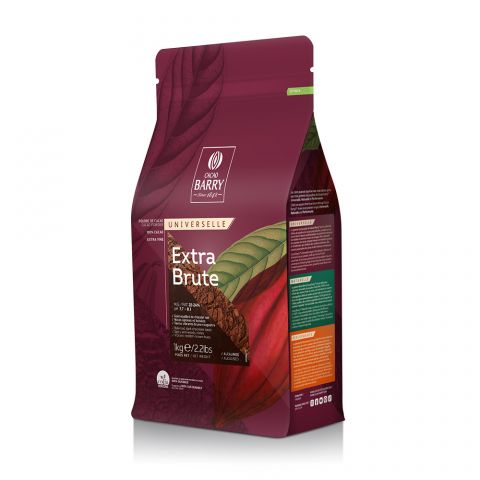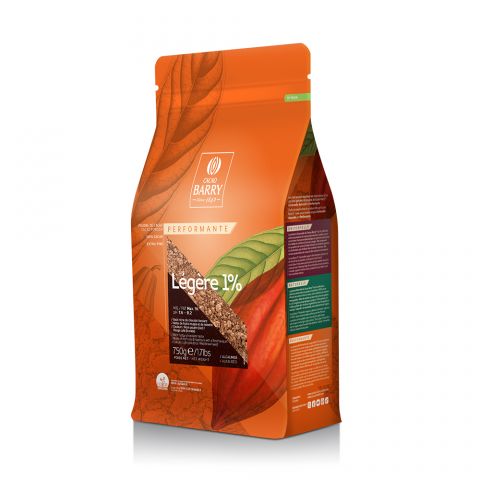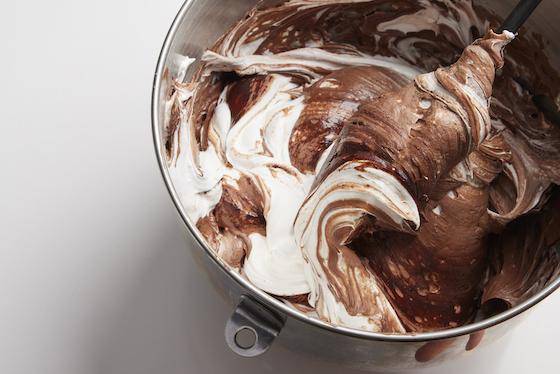Understanding the Differences Among Cacao Powders: Alkalinity, Part 2
Understanding the Differences Among Cacao Powders: Alkalinity, Part 2
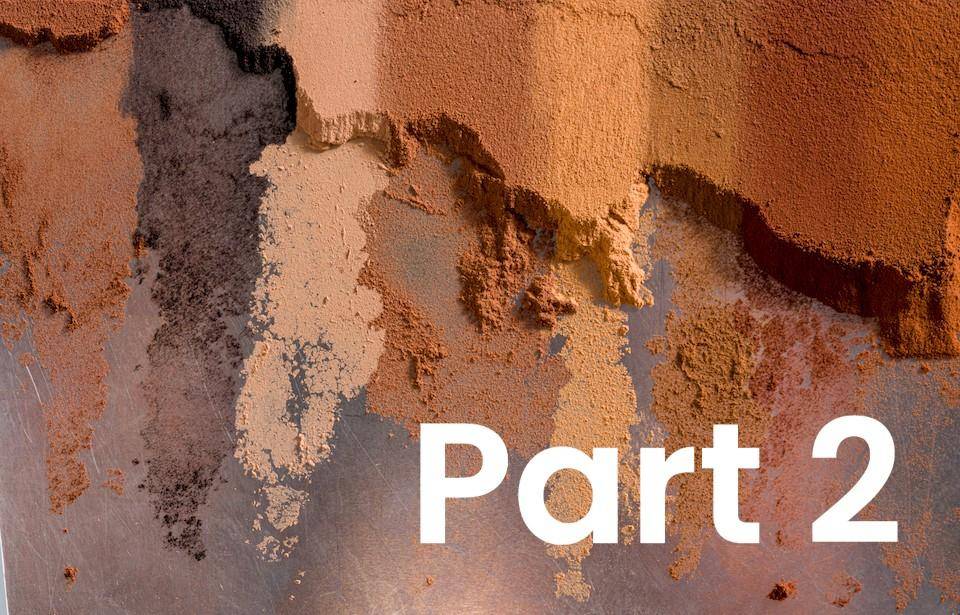
This article is part two of a short series exploring alkalinity in cacao powder.
You can find a link to the first article below.
A quick refresher:
Natural cacao powders are not alkalised, which is to say they are acidic. Their pH level falls between 5 and 6.
Alkalised or Dutched cacao powders have been treated with an alkalising agent; they are more basic. Their pH levels can be as high as 8.4.
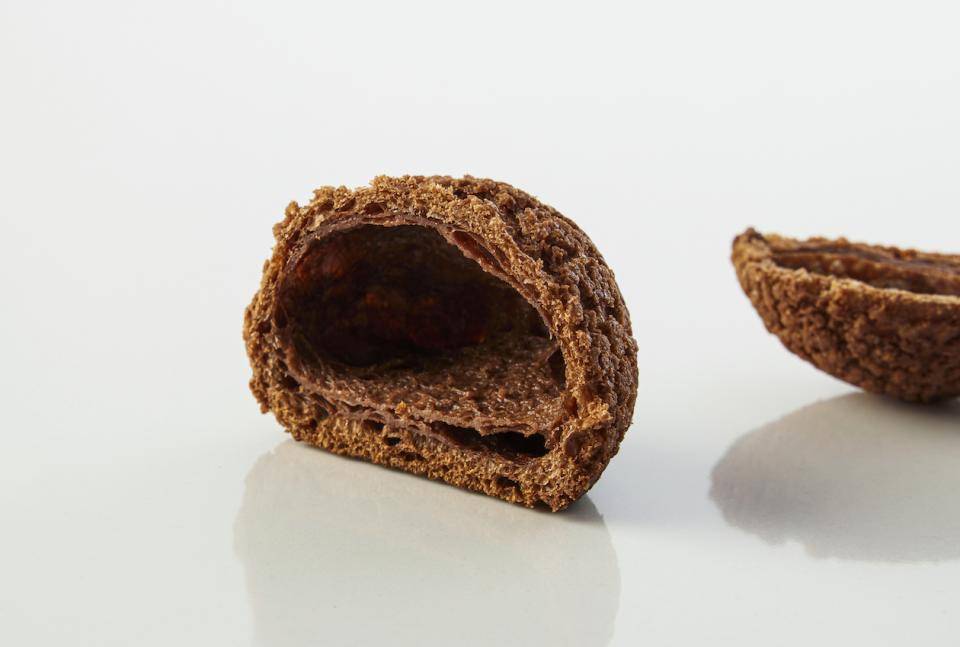
These Pate a Choux were made with Cacao Barry Plein Arôme. They have a lovely open structure thanks to proper technique and the cacao powder's low alkalinity.
How Do Different Cacao Powders React with Other Ingredients?
Leavening:
Batters made with natural cacao powders exhibit greater rise due to the acidity of the powder and the subsequent reaction with baking soda.
Alkalised powders tend to produce denser and fudgier results because they react less with baking soda and absorb more water. We see the best results when recipes using medium or high alkalised powders include baking powder.
Dough Structure and Elasticity:
Alkalinity also impacts a dough's elasticity, making it less flexible and affecting its ability to expand and hold air. For example, a cookie made with highly alkalised cocoa powder will be dense also brittle rather than chewy.
Note that the fat content of a cacao powder can also impact the performance of doughs. Fat coats flour proteins and prevents them from forming long gluten strands, producing "short" doughs. For ultimate structure and airiness (as in a croissant) a chef must also consider a cacao powder's fat content. Don't worry; we're going to cover fat content in a separate article!
Water Absorption and Texture:
Cacao powder competes with other ingredients in the recipe to absorb the available water, and it generally wins. While flour can absorb up to 40% of its weight in water, cacao powder can absorb up to 100%. Highly alkalised cacao powders absorb more water than natural cacao powders. This is to say, when substituting cacao powder for a portion of the flour in your recipe, it may be necessary to increase the amount of liquid in the recipe by adding additional water or eggs. The amount of additional water needed will vary depending on the cacao powder's alkalinity.
Low Alkalinity Cacao Powder
This Cacao Powder has been minimally alkalised. It has a pH of 6.8 - 7.2
Higher-Alkalinity Cacao Powder
This Cacao Powder has a pH of 7.7 - 8.1



